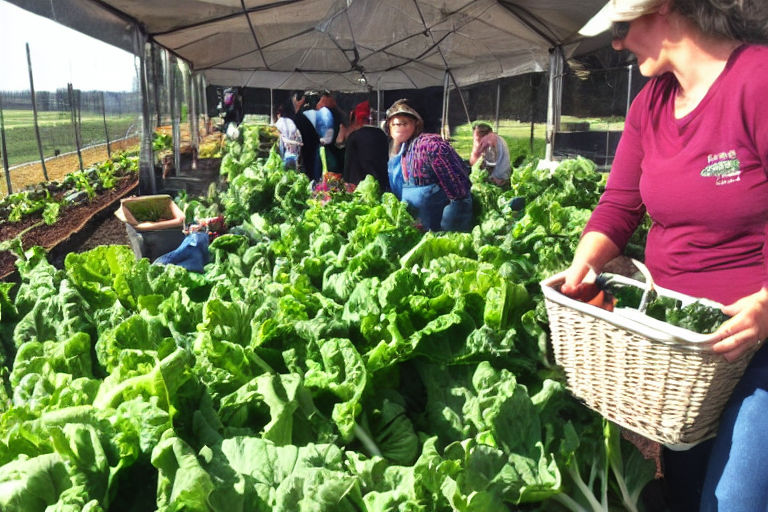The Top Sensory Evaluation Techniques for Food and Beverage Industry
The food and beverage industry is highly competitive, with companies vying for consumers' attention in a crowded marketplace. To succeed, it is essential to ensure that the products meet customer expectations, including taste, texture, and aroma. This is where sensory evaluation techniques play an important role. Sensory evaluation techniques help to gauge the sensory characteristics of a product, providing valuable insights that can inform the product's formulation or marketing strategy.
The Importance of Sensory Evaluation Techniques
Every product has a unique sensory profile that determines its acceptance in the market. Sensory evaluation techniques help to understand the sensory attributes that affect consumer preferences. Sensory evaluation is a scientific and objective approach to measuring and analyzing the sensory characteristics of a product. It involves the evaluation of the five senses, including sight, smell, taste, touch, and sound, to understand how these senses interact in shaping the sensory experience.
The Top Sensory Evaluation Techniques
There are several sensory evaluation techniques used in the food and beverage industry. Here are the most popular ones:
Descriptive Analysis
Descriptive analysis is a sensory evaluation technique that involves the use of trained descriptive panelists to identify and quantify the sensory characteristics of a product. It involves dividing the sensory attributes into smaller units for evaluation, such as aroma, taste, and texture.
Consumer Testing
Consumer testing involves evaluating the product's sensory attributes from the consumer's perspective. This method uses untrained consumers to evaluate the overall acceptability and preference of a product. It provides insight into consumer perception and helps to understand consumer behavior.
Sensory Discrimination Testing
Sensory discrimination testing is used to determine whether consumers can differentiate between products based on their sensory characteristics. It is a discriminatory test that uses trained panelists to identify differences between products.
Hedonic Testing
Hedonic testing is a measure of the consumers' liking for a product. It involves asking consumers to rate the product's overall liking on a scale from extremely dislike to extremely like. This method helps to understand consumer preferences and provides insight into a product's acceptance in the market.
The Bottom Line
Sensory evaluation techniques play a critical role in the development and marketing of food and beverage products. By conducting sensory evaluation, companies can gain valuable insights into the sensory attributes of their products, and tailor their product development, formulation, and marketing strategies to meet consumers' expectations. The four sensory evaluation techniques discussed in this article – descriptive analysis, consumer testing, sensory discrimination testing, and hedonic testing – are the most popular in the food and beverage industry. Companies that incorporate these techniques into their product development and marketing strategies are better equipped to succeed in the marketplace.



